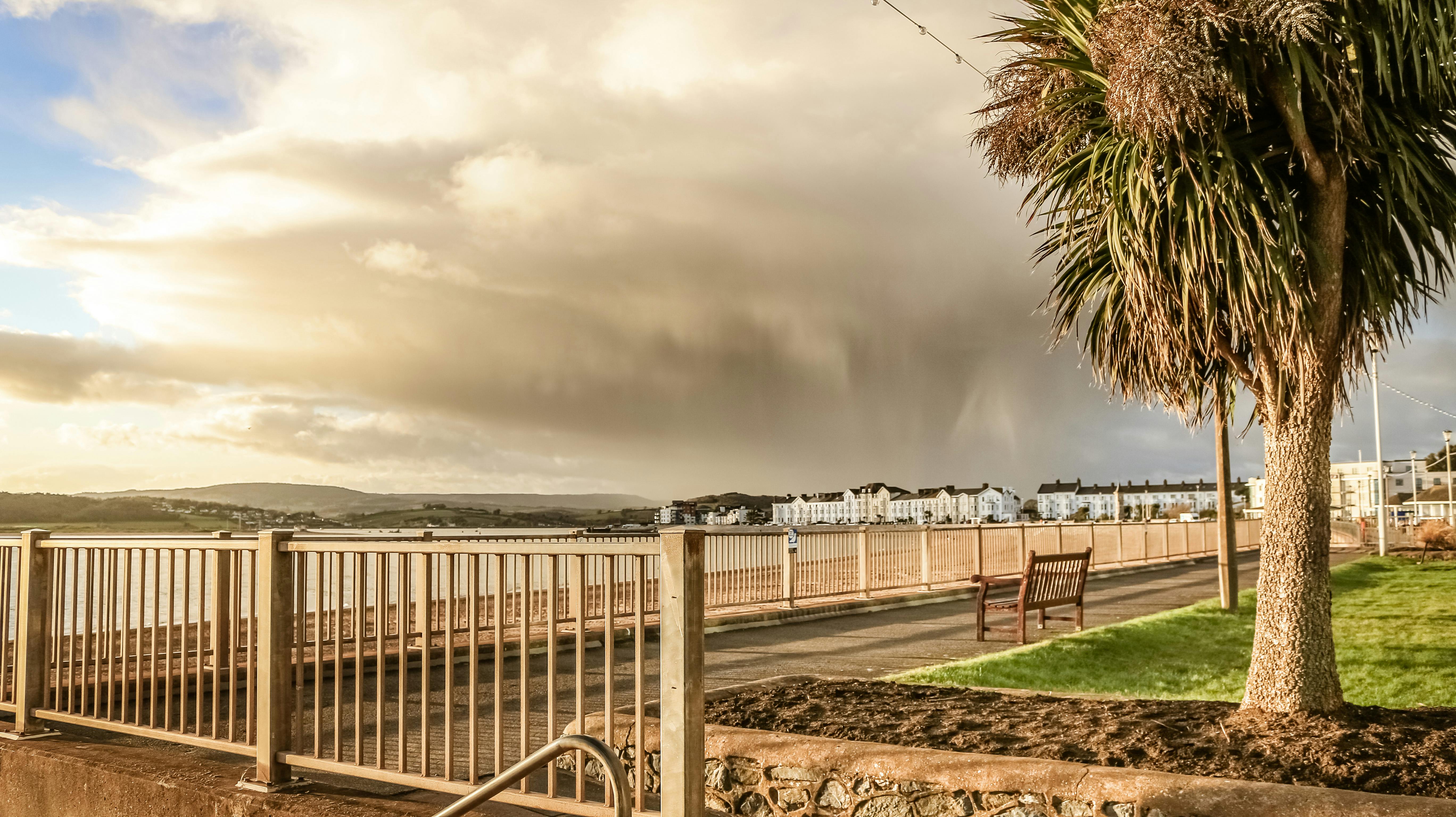Below are the 4 most common methods I have seen used to install a vapor barrier. If you talk to different builders, you’ll usually end up with many different methods of installing a vapor barrier in a crawl space. Here are the most common:
1. Pea gravel on a plastic vapor barrier: This has to be the dumbest thing I’ve ever seen, and yet it’s probably one of the most common. I have been told by some builders that the plastic on the floor PREVENTS water and soil moisture from coming up from the ground. Now if there is no moisture or water in the soil, this might be possible; but if that were the case, there would be no need for the barrier in the first place. So here’s the basic idea: ground floor (bottom) – plastic (middle) – 4″ gravel fill (top). Once the skid plate is built, the builders install a 4 – 6 mil plastic in the ground and discharge about 4″ – 6″ of gravel onto the plastic. Eventually, what always happens is that the water gets through the walls and downstairs and ends up on the plastic. So what you end up with is a siding of pool that retains water in the gravel for extended periods of time. Almost all of the water and moisture in the gravel fill has to evaporate into the structure. Another example of construction practices and science turning a blind eye to spaces access for decades.
2. Vapor barrier on top of ground floor – By far the most common practice for installing a vapor barrier. A 6 mil polyethylene vapor barrier is placed over any ground floor. Here is the idea – ground floor (below) – plastic (above). The ground floor can be river rock, gravel, dirt floor, sand, etc. Seams typically overlap 6 to 12 inches and are almost never taped. While this will temporarily stop moisture evaporation, it does not seal moisture from the inner perimeter wall where the most water penetration occurs. Also, moisture can leak out of the seams and the plastic isn’t strong enough to crawl on. It almost always ends with many punctures and holes.
3. Vapor barrier at bottom of floor joists – This is rarely seen and usually only attempted by homeowners. This is probably the method that causes more wood rot than any other method. If you’re even thinking of doing this, stop thinking and call a professional to fix your crawl space. Most crawl spaces are ventilated, and cooler surfaces like ducts, pipes, and the floor will condense in the summer. The plastic will trap condensation against the flooring structure and mold and wood rot will occur. Good intentions do not always produce good results.
4. Vapor Barrier Attached to Sill Plate – There is a new industry in crawlway repair that encapsulates crawlspaces. The encapsulation process involves installing a heavy plastic liner on the floor and foundation walls. The plastic sheathing is fastened and sealed to the foundation wall and all lap joints are sealed with masking tape. Every potential gap or seam in the lining is meticulously sealed to prevent moisture from evaporating. The vents are then sealed in the encapsulation system to prevent hot, humid air from entering in the summer. There is another system that is sold and installed and is represented as an encapsulation system, but it is far from it.
This “other” system is 6 mil plastic that is run down the foundation walls and stapled to the sill plate. None of the overlapping seams are sealed. It’s basically a glorified vapor barrier on top of the ground floor that goes up the walls and stapled to the wood. They seal off vents without adequately sealing moisture from ground floor or foundation walls. The problem with attaching plastic to the sill plate is that moisture will “soak up” into the foundation wall and moisture will soak into the sill plate and floor joists. They are giving free access to all the moisture under the siding to rot the sill plates and floor joists. Not to mention all the moisture will evaporate through all the seams that aren’t sealed and the plastic lining is only 6 mil and will eventually puncture and tear. Be very careful with the contractor you choose to properly encapsulate your crawlspace.


